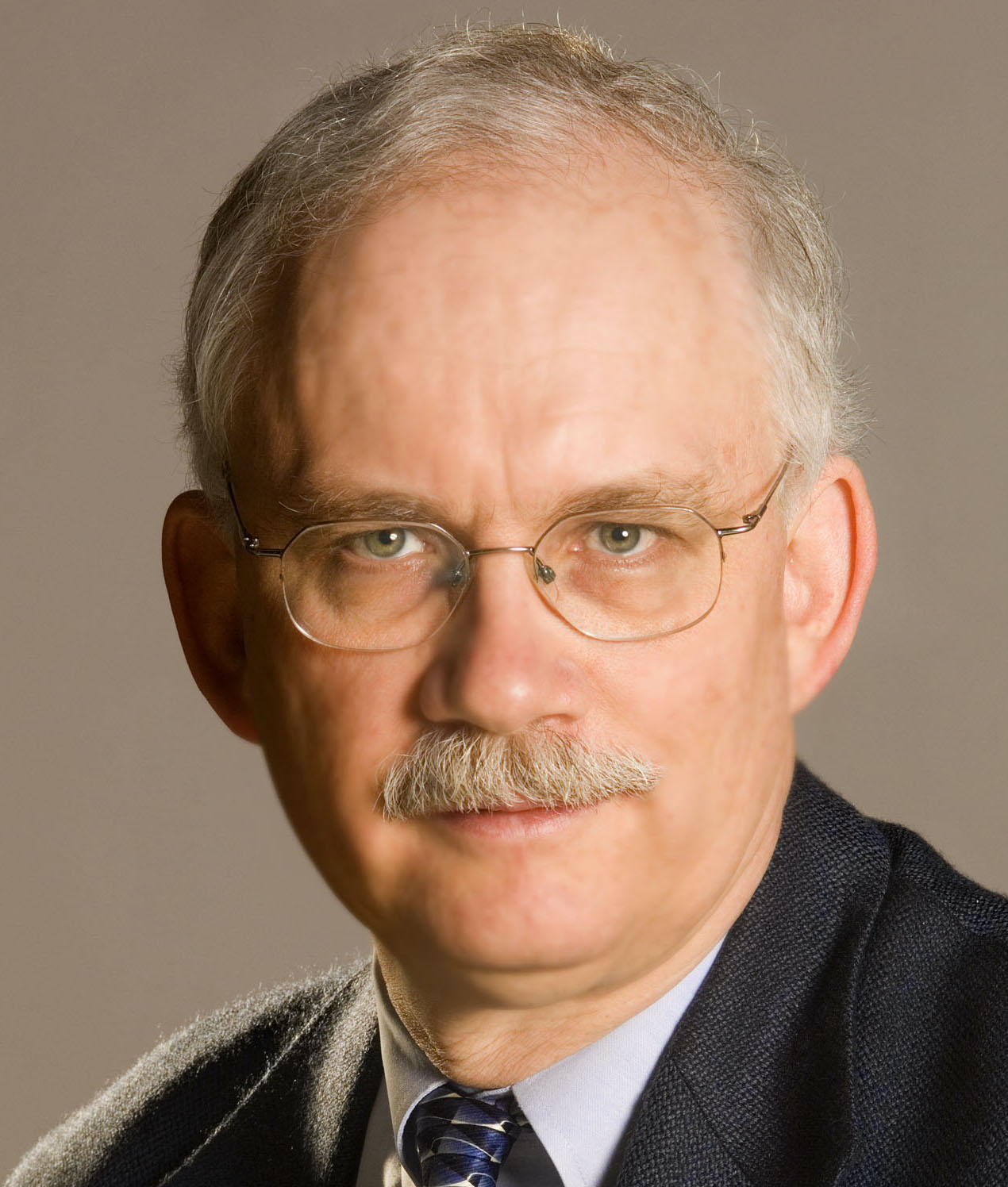
Goddard Space Flight Center, Greenbelt, Maryland 20771

ENGINEERING COLLOQUIUM
Monday, October 4, 2021 / Lecture starts at 3:30 PM On line

Michael Neufeld
"The V-2 Ballistic Missile: Origins, Engineering, Crimes, Deployment, Legacy"
ABSTRACT -- The Third Reich's A-4 (V-2) missile remains the most influential liquid-propellant rocket ever invented. Deployed late in World War II, it was failure as a weapons system, but was a starting point for Cold War rocket development in the United States, the Soviet Union and France. It was a revolutionary technological leap over the small, unreliable rockets built by amateur groups and Dr. Robert Goddard in the 1930s. To make that leap, the Peenemünde rocket team under Dr. Wernher von Braun and Gen. Walter Dornberger had to make breakthroughs in three key technologies: large liquid-propellant rocket engines, supersonic aerodynamics, and guidance and control. Although they succeeded in designing a 300-km-range ballistic missile that worked most of the time, it was produced by the murderous exploitation of concentration-camp workers and was a very expensive and inefficient way to deliver a one-ton bomb on an enemy city. Von Braun and a few of his associates were enthused about spaceflight, but the V-2 was most definitely not a space program; it was a weapon built to support Hitler's wars of aggression. Nonetheless, a V-2 missile was the first human object to enter space and it greatly accelerated the coming of the space age after World War II.
SPEAKER -- Michael J. Neufeld is a Senior Curator in the Space History Division of the National Air and Space Museum, Smithsonian Institution, where he is responsible for the early rocket collection and for Mercury and Gemini spacecraft. He is also the lead curator of the Destination Moon exhibit project. Born and raised in Canada, he has four history degrees, including a PhD from Johns Hopkins University in 1984. Dr. Neufeld has written four books, The Skilled Metalworkers of Nuremberg (1989), The Rocket and the Reich (1995), Von Braun (2007), and Spaceflight (2018). He has edited five others: Planet Dora, The Bombing of Auschwitz, Smithsonian National Air and Space Museum, Spacefarers, and Milestones of Space. In 2017 Secretary David Skorton gave him the Smithsonian Distinguished Scholar Award, the highest research award of the Institution.
Colloquium Committee Sponsor: Brent Warner, NASA-GSFC, 301/286-8568
In Two Weeks: "Cryogenic Hydrogen-Oxygen Propulsion`", Shuvo Mustafi, NASA-GSFC
Engineering Colloquium home page: https://ecolloq.gsfc.nasa.gov